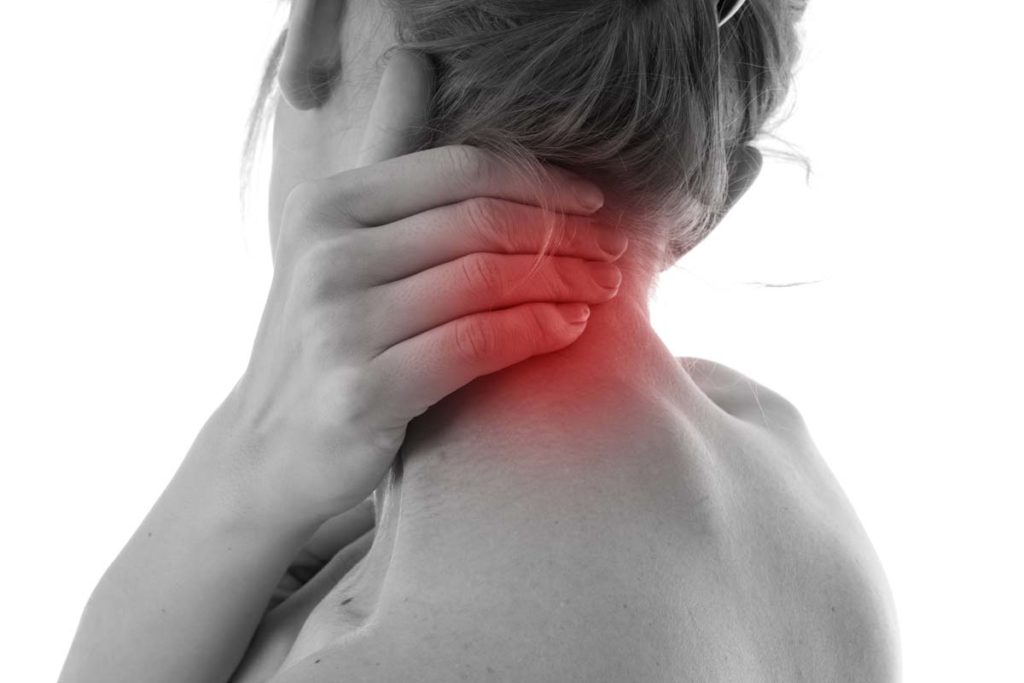
Neck Pain
Typical Symptoms
Individuals with neck-related symptoms can experience pain that is localised to the neck itself or it can cause a shooting sensation that spreads into the back or arms.
In some individuals, neck-related pain can also be responsible for limited movement or even chronic headaches, together with all the issues that follow this such as nausea or blurred vision etc.

What causes it?
Neck-related pain can be an acute or degenerative (wear-and-tear) problem. It can arise from the discs, joints, ligaments, spinal cord or nerves; depending on the symptoms that are present, it could be a mix of any of these issues.
Typically pain spreading to the arm is due to some form of nerve irritation, either from an issue around the spinal cord or from a disc abutting the nerve. In contrast, pain with limitation in movement or with extension is more likely to be due to the joints, ligaments or muscles in the neck.
Acute pain can be triggered by sudden loading, pressure changes or changes in activity. From the degenerative perspective, it can be due to a chronic repeated pressure but increasingly can be related to computer or smartphone use.
How can I help myself?
Neck pain can be incredibly frustrating due to the limitation that is often places on your function. However, is important to be optimistic as for most people it can be improved with treatment. It is useful to consider what activities might be contributing to the symptoms and try to identify ways of modifying these; it could be better positioning of the computer, smartphone or sleeping position.
Analgesia such as anti-inflammatories, muscle relaxants and heat packs can be helpful. Maintaining activity is important and also you can try other treatments such as acupuncture or massage for muscle tightness.
When to seek help?
If symptoms are severe or limiting your function and impacting on your daily activities, work or hobbies, then it is important to get this assessed. Equally, if you have red flag symptoms (severe night pain, weakness in the limb, weight loss, difficulty with bowel or bladder function or breathing) you should be assessed urgently.
What are the treatment options?
Your clinician will assess you clinically with a thorough history and examination to identify where the pain is originating from.
An initial X-ray may help identify narrowing or degenerative changes in the spine, but an MRI may be needed for greater clarity. Even if there is a disc, joint or other spine-related changes, your symptoms may improve with analgesia, physiotherapy and acupuncture alone. In some situations, an ultrasound-guided nerve root or facet joint injection can help alleviate pain, which can then be followed by rehabilitation.
In situations where the pain is not settling or a spinal cord problem is present and it is being compressed in a dangerous manner, a surgical intervention may be required.
Related Conditions
